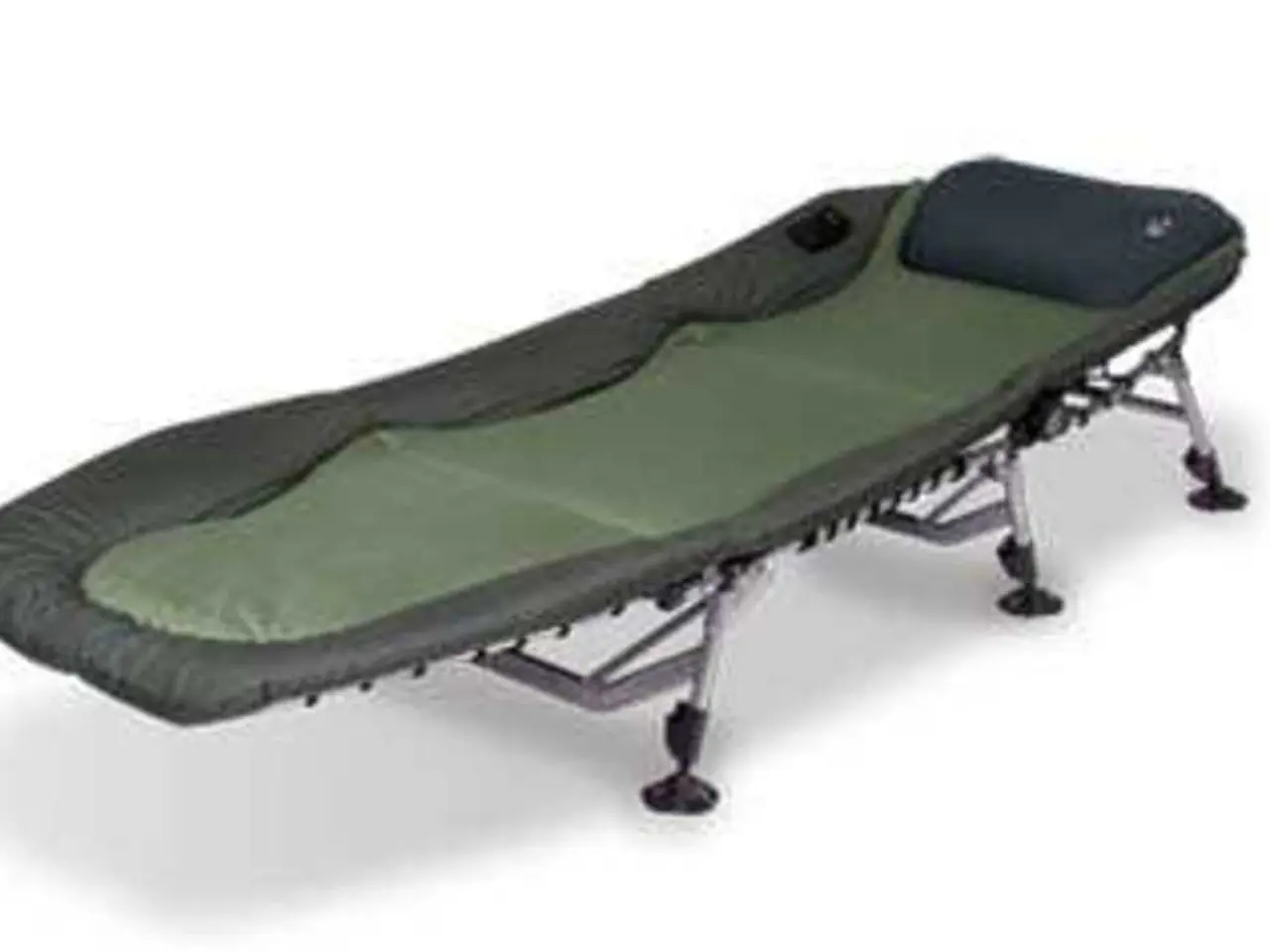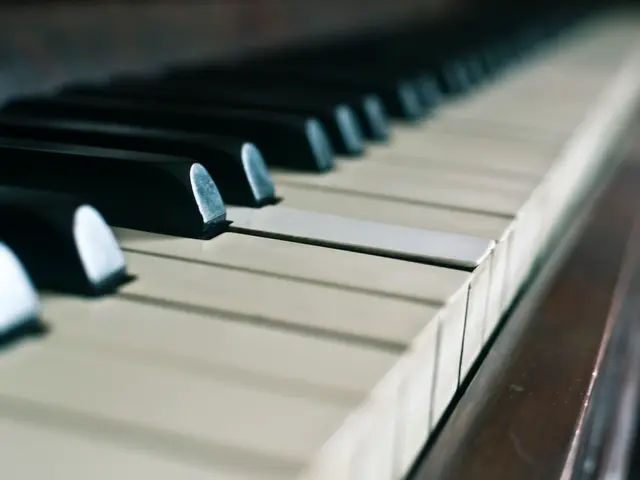Methods for Alleviating Lower Back Pain: An Analysis of Stretching Techniques and Safety Measures
Cracking the lower back has become a popular method for relieving chronic lower back pain and stiffness. This practice, often associated with a distinctive "pop" or "crack" sound, can provide temporary relief and enhanced joint function. However, it's essential to approach this activity with caution to minimize potential risks.
The Science Behind the Cracking Sound
The cracking sound during lower back manipulation is primarily due to the rapid release of gases in the joints. This process, known as cavitation, occurs when the pressure within the joint capsule drops, causing dissolved gases (mainly carbon dioxide) to form bubbles. When these bubbles burst, they produce the characteristic "pop" or "crack" sound [1][2][3][5].
Potential Benefits
- Increased joint range of motion: The release of gas and the subsequent adjustment can improve joint mobility, making movements feel smoother and reducing stiffness [2].
- Temporary relief of pressure and discomfort: Creating tiny spaces within the vertebrae during manipulation can temporarily relieve pressure on nerves and soft tissues, often leading to pain relief [4].
- Enhanced musculoskeletal function: Chiropractic care, including spinal and extremity adjustments, may help with musculoskeletal issues such as lower back pain, neck pain, headaches, and sports-related injuries [4].
Potential Risks
While joint manipulation and the associated cracking sound are generally considered painless and safe when performed by trained professionals, risks include:
- Soft tissue strain or soreness: Mild discomfort may occur following an adjustment.
- Rare cases of injury: Though uncommon, improper or overly forceful manipulation can cause joint or nerve injury.
- Not always correlated with joint "release": Hearing a pop does not necessarily mean the joint was successfully mobilized or that therapeutic benefit has been achieved [4].
It's worth noting that the long-standing myth that joint cracking causes arthritis has been debunked; habitual joint cracking has not been proven to cause joint degeneration or arthritis [2].
Techniques for Lower Back Cracking
Seated Techniques
For beginners or those with less strength, seated techniques for cracking the lower back may be more suitable. A person can twist their body to the left and reach for the right side of the chair to perform a lower back cracking technique [6]. Another seated technique involves lying on the floor or exercise mat, bringing the bent left leg over the right leg, and using the right hand to pull the left leg towards the right side of the body [7].
Cat Stretch
The cat stretch is another technique for lower back relief. This involves getting on all fours, gently arching the back towards the ceiling, and tucking the head between the shoulders [8].
When to Seek Professional Advice
If back pain affects a person's ability to carry out day-to-day activities, they may want to speak to a doctor for further advice. If an individual experiences constant back pain, severe pain, or a change in their range of movement, they should speak with a doctor [9].
Cracking the lower back may provide temporary relief from lower back pain and stiffness, but it's crucial to be gentle and slow when completing exercises to reduce the risk of adverse side effects [10]. While the activity of cracking the lower back is generally safe, it is possible to cause injury or damage when attempting to crack the back [11].
[1] https://www.ncbi.nlm.nih.gov/pmc/articles/PMC5822737/ [2] https://www.ncbi.nlm.nih.gov/pmc/articles/PMC5822736/ [3] https://www.ncbi.nlm.nih.gov/pmc/articles/PMC5822740/ [4] https://www.ncbi.nlm.nih.gov/pmc/articles/PMC5822741/ [5] https://www.ncbi.nlm.nih.gov/pmc/articles/PMC5822739/ [6] https://www.healthline.com/health/back-pain/back-crack [7] https://www.healthline.com/health/back-pain/back-crack#8 [8] https://www.healthline.com/health/back-pain/cat-stretch [9] https://www.healthline.com/health/back-pain/back-crack#10 [10] https://www.healthline.com/health/back-pain/back-crack#11 [11] https://www.healthline.com/health/back-pain/back-crack#12
Read also:
- Exploring the Strength of Minimally Digestible Diets: A Roadmap to Gastrointestinal Healing
- Secondhand Smoke: Understanding its Nature, Impact on Health, and Additional Facts
- Could a Secret Heart Rhythm Device Infection Be Causing Your Illness?
- Child Water-shift Ailment Identification and Treatment: Recognizing Symptoms and Steps to Take





